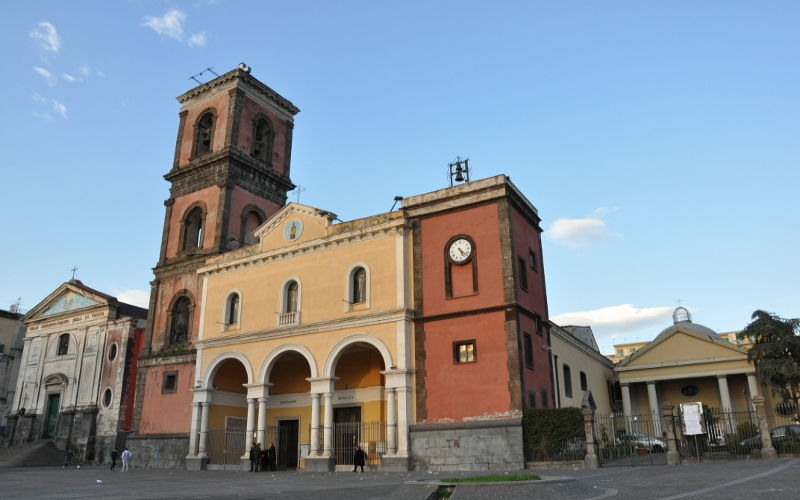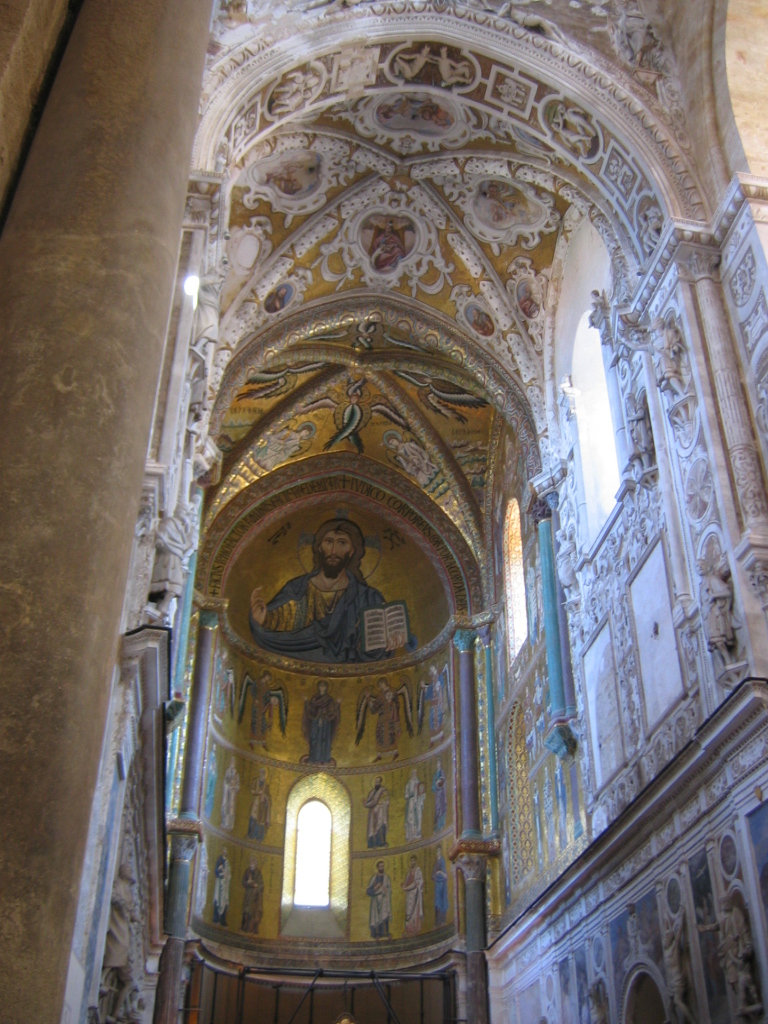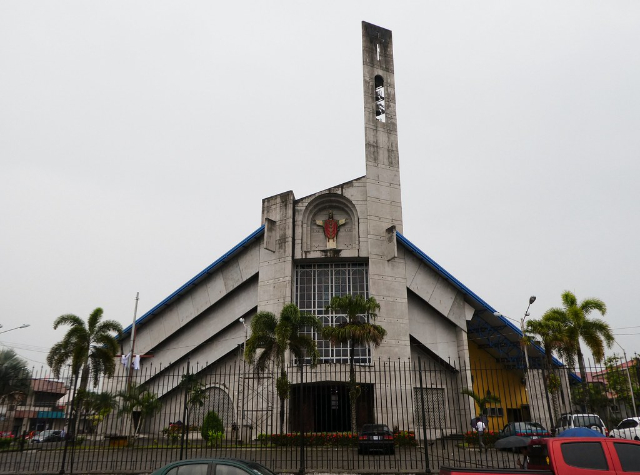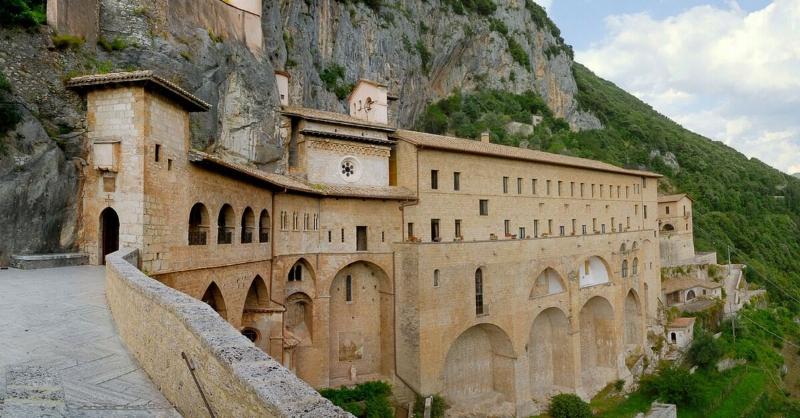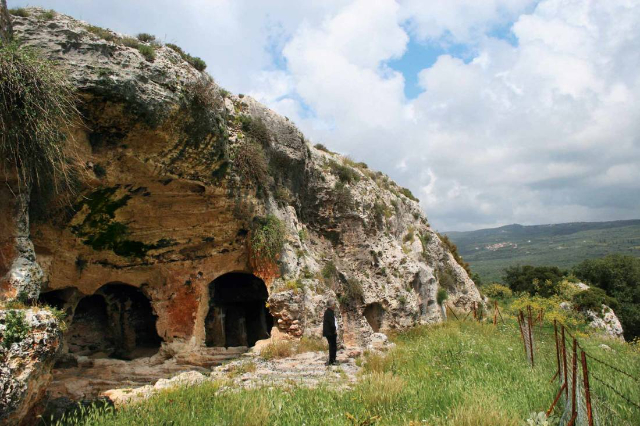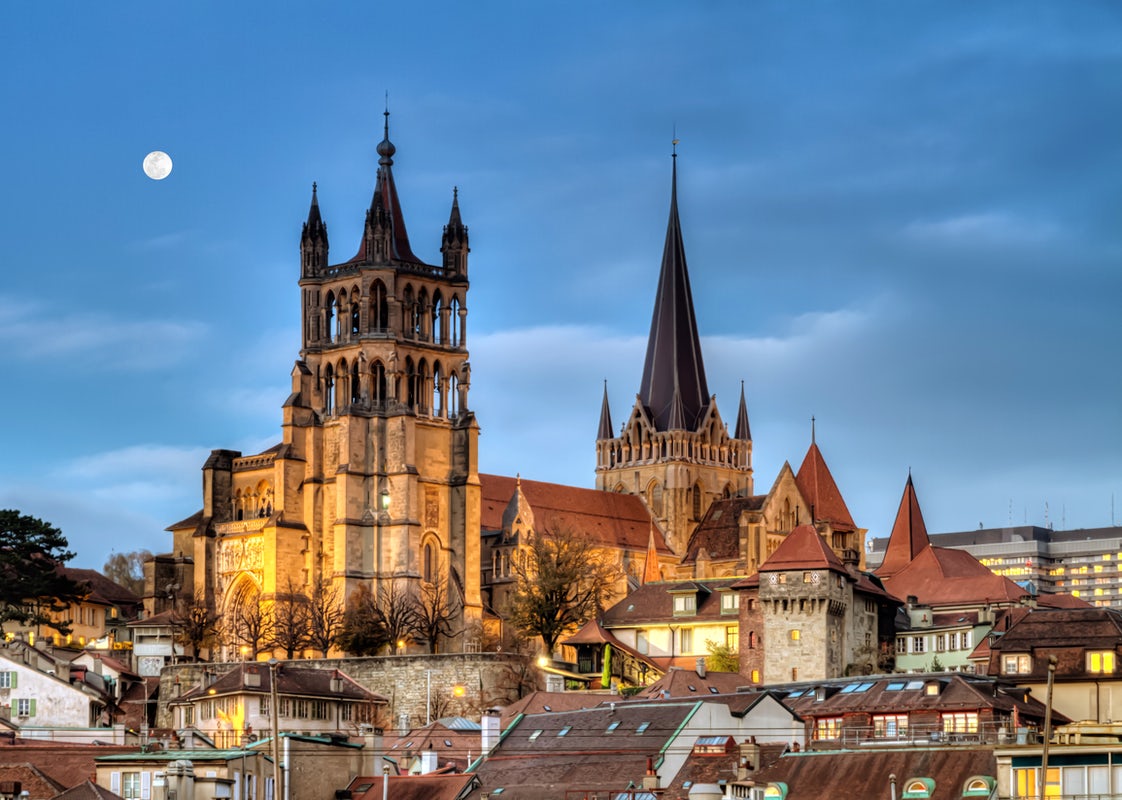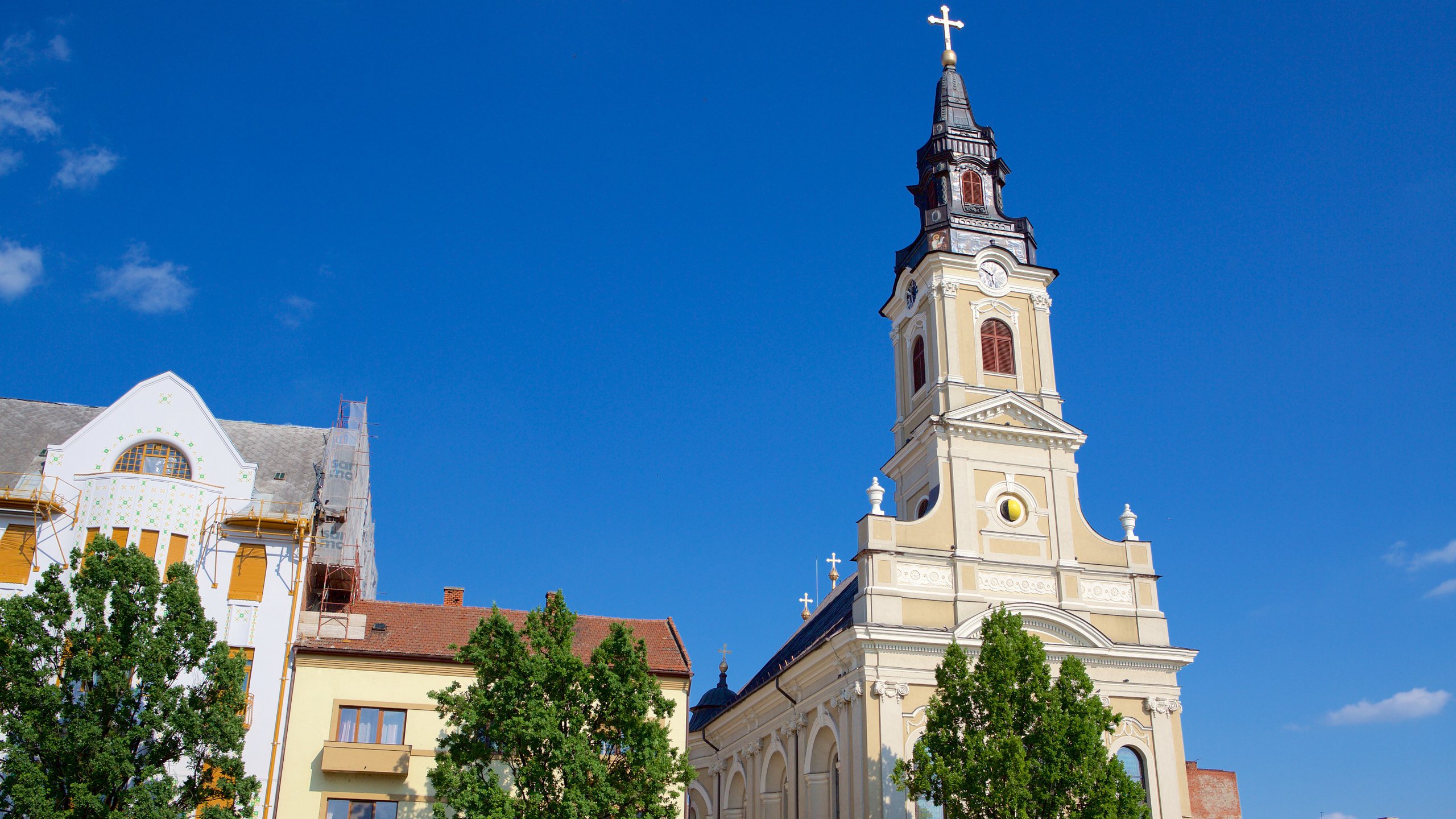In the vesuvian town of Ercolano there is a great place of worship: the basilica of Santa Maria. Erected in Pugliano, it represents the main church of the city and the most ancient of the vesuvian area.
The Madonna of Pugliano is the patron saint of Ercolano.
Already in the eleventh century it is said that there was an oratory on the hill of Pugliano, whose name is probably due to a certain Pollio who had an estate in that area. Several evidences exist concerning that century both for faithfuls’ bequests and for pagan marble sarcophaguses of previous age.
Later the church was managed by the monastery of San Sebastiano all’Università and of 1300 is the wooden statue of Our Lady of Pugliano (of Grace) placed on the high altar. Those were times when the access to the area was not as easy as now and there was only a small road, the current Via Trentola, which reached the church.
In 1500 Our Lady of Pugliano became known and many believers daily reached the church, which in that century became a papal basilica and had jurisdiction over the entire territory between San Giovanni a Teduccio and Torre del Greco.
At the end of 1500 many people went to the basilica of Pugliano for the plenary indulgences, granted by the bull of Pope Gregory XIII, which contributed to the presence of a continuous crowd of people and a continuous coming and going in the area of Pugliano. With the new century there were several works of embellishment, in addition to the eruption of 1631 that did not bring direct damage to the church of Pugliano, but contributed to a change in the territory that allowed the construction of a new access road from Resina and the church was rotated as we see it today, with the porch with four arches.
From that period is also the Holy Land near the church, in the middle of the town. That was the ancient cemetery of Resina, until the construction of the present one in a peripheral area. The construction of the Royal Archconfraternity of the Holy Trinity and the two-storey tower for the clock dates back to the 19th century. At the end of the century fi was the coronation of Our Lady of Grace of Pugliano.
On an artistic level it remains one of the most valuable Vesuvian churches. The high bell tower, the late Baroque interior and several details of fine workmanship such as the stoups of the Roman era, the bust of San Gennaro, the statue of the Madonna, the Crucifix and the baptismal font. Obviously noteworthy are the altar of the sixteenth century and the paintings, all by local artists of the time.
